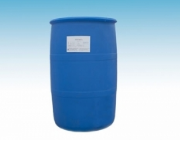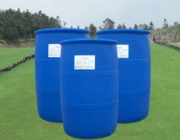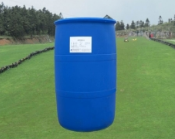On this basis, a series of new surfactants have been successfully developed, such as alkyl polyglycosides (APG) and gluconamide (APA), which are produced by the reaction of glucose and lipids with alcohols or fatty acids, and ED3A, which has both surface activity and strong complexation ability with calcium and magnesium ions, obtained by EDTA modification. Hexadecyl diphenyl ether monosulfonate (C16MADS); GEMINI surfactant; crackable, reactive biosurfactants, etc.

But these surfactants are not widely used in leather industry. It has been reported that alkyl polyglycerol (APG) and other surfactants (such as JFC, etc.) have been used as leather soaking aids, leather degreasing agents, retanning fillers, fatliquoring softeners and dyeing and oiling aids. The application of this kind of material in leather production is beneficial to environmental protection and ecology.

Surfactant is very important for textile industry. It is the requirement of our textile industry and the challenge of international competition to develop new surfactants and mixtures of various surfactants while modifying the structure of traditional alkyl polyglycoside surfactants. Only continuous scientific research and innovation are needed. Only by participating in international competition can China's surfactant industry be in an invincible position, and then promote the healthy development of other related industries.

Mineral oils and cationic surfactants have softening effects, which are closely related to the hydrophobic group structure in molecular chains. Some studies have shown that the softening effect of cetyl, octadecyl and octadecenyl surfactants is much better than that of surfactants with branched alkyl and alkene groups.
Most of the new generation fabric softeners are water-soluble compounds containing ester bond or amide group or hydroxyl group. They are easy to be decomposed into C18, C16 fatty acids and smaller cationic metabolites by microorganisms, and have little damage to the environment.
In recent years, polyamine cationic surfactants have also been used in fabric softeners, especially linear polyamines with low molar weight and recyclable polyamines, which make the fabric softer after treatment and reduce the damage to the fabric. High performance polysiloxane softeners can reduce the friction coefficient of fibers, improve resilience, reduce the rigidity of bonds, bending hysteresis and shear resistance, which can give textiles luxurious softness. In addition, it can also reduce the energy loss of fibers during shearing. The main representative products are amino polysiloxane crude emulsion and microemulsion.